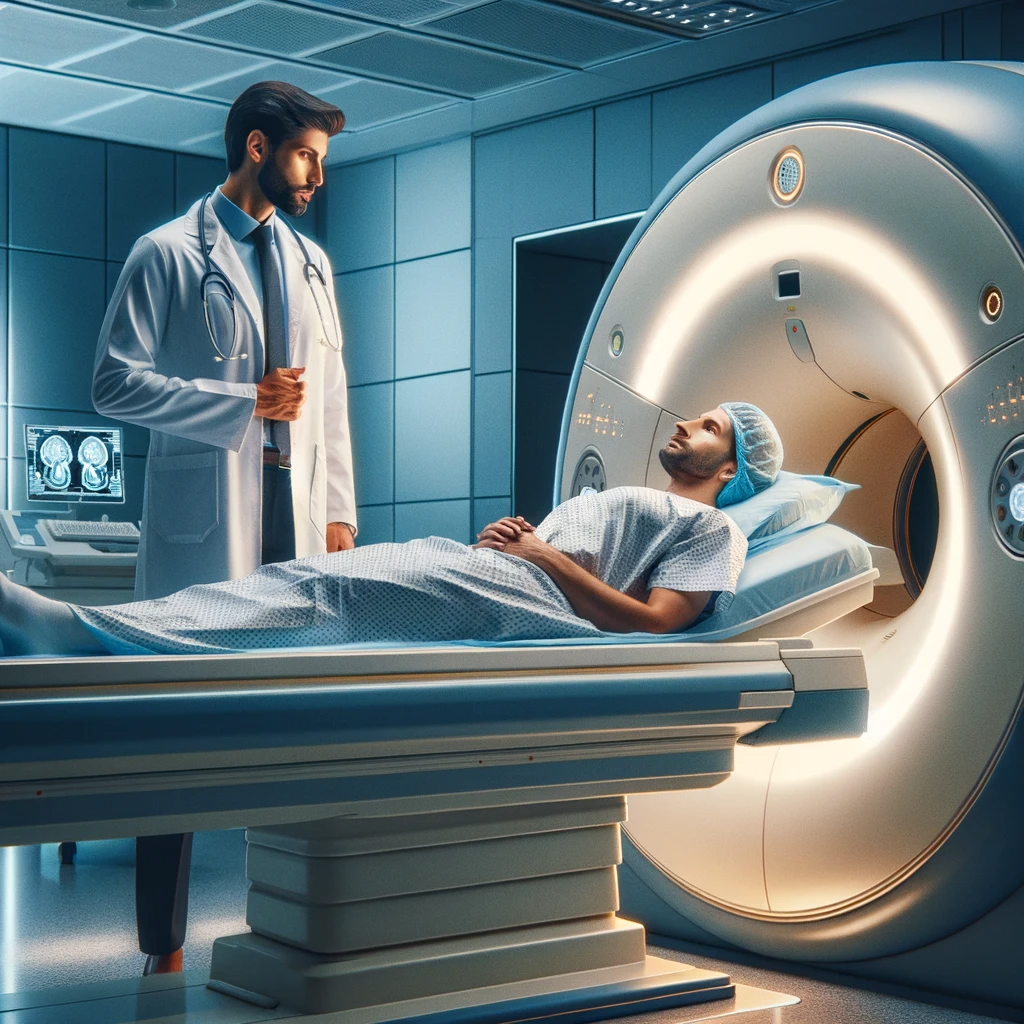Introduction
The way medical images are stored, transmitted, and accessed is being revolutionized by two essential components: DICOM (Digital Imaging and Communications in Medicine) and PACS (Picture Archiving and Communication System). These tools have become indispensable in the field of medical imaging, allowing medical practitioners to collaborate and communicate with ease. In this blog article, we shall examine the subtleties of DICOM and PACS, as well as their respective contributions to contemporary healthcare.
Understanding DICOM
DICOM, which stands for Digital Imaging and Communications in Medicine, is a standardized protocol used for managing and exchanging medical imaging data together with related data. DICOM was created to guarantee compatibility across various medical imaging systems and devices by the American College of Radiology (ACR) and the National Electrical Manufacturers Association (NEMA). Developing a common language for medical imaging is the main goal of DICOM, enabling the smooth sharing of data and images between different systems and healthcare facilities.
Key features of DICOM include:
1. Standardization
DICOM creates a standard for medical imaging formatting and communication that ensures uniformity and compatibility between various imaging modalities, including CT, MRI, ultrasound, and X-rays.
2. Header Information
DICOM files not only contain the image data but also include essential metadata in a standardized header format. This metadata provides information about the patient, imaging device, acquisition parameters, and more.
3. Network Communication
DICOM enables the transmission of medical images over networks, allowing healthcare professionals to access and share images regardless of their physical location. This feature is particularly valuable in the context of telemedicine and remote diagnostics.
4. Compatibility
DICOM ensures that images generated by one manufacturer's equipment can be interpreted and displayed by another manufacturer's equipment, promoting vendor-neutral interoperability in medical imaging.

Understanding PACS
PACS, or Picture Archiving and Communication System, is a complete solution for the archiving, retrieval, distribution, and presentation of medical pictures. DICOM, on the other hand, concentrates on the standardization of image communication. PACS acts as a consolidated repository for medical images, making patient data easily accessible to healthcare providers, encouraging teamwork, and streamlining the diagnostic process.
Key features of PACS include:
Image Storage
PACS provides a centralized and secure storage system for medical images, eliminating the need for physical film archives. This digital storage allows for easy retrieval and immediate access to historical images, promoting efficiency in patient care.
Accessibility
PACS gives medical staff members access to medical images from wherever they are in the hospital or from a distance. Decisions made by radiologists, physicians, and other healthcare professionals are better informed as a result of this accessibility.
Integration with Electronic Health Records (EHR)
PACS and EHR systems frequently interface flawlessly to provide a single, unified platform for all patient data. Medical image correlation with pertinent patient data is guaranteed by this integration, which also improves workflow efficiency in the healthcare industry.
Web-based Viewing
PACS typically offers web-based viewing capabilities, allowing authorized users to view medical images through standard web browsers. This feature enhances flexibility and accessibility, especially for remote consultations and telemedicine applications.
Differences between DICOM and PACS:
1. Functionality:
-
- DICOM: It focuses on standardizing medical imaging formatting and communication in order to ensure interoperability across various imaging systems and equipment.
- PACS provides more extensive capabilities, including the ability to store, retrieve, distribute, and present medical images. PACS serves as a complete solution for managing medical image lifecycles.
2. Scope:
- DICOM focuses on the standardization of image communication protocols, metadata, and formatting to facilitate interoperability.
- PACS encompasses a wider scope, including image storage, retrieval, distribution, and presentation, with a focus on streamlining the diagnostic workflow and enhancing collaboration among healthcare professionals.
3. Implementation:
- DICOM: Implemented at the level of individual imaging devices and modalities to ensure standardized communication between devices.
- PACS is implemented at the enterprise level, serving as a centralized system for storing, retrieving, and distributing medical images throughout the healthcare facility.
4. Role in Medical Imaging Workflow:
- DICOM: Ensures compatibility and interoperability by playing a critical role in the transfer and exchange of medical pictures between devices.
- PACS serves as a comprehensive solution for managing medical images throughout their lifecycle, from acquisition to storage, retrieval, and distribution.
Conclusion:
DICOM and PACS are two of the most important technological developments in medical imaging, revolutionizing the way medical professionals access and handle patient data. PACS offers a comprehensive solution for the storage, retrieval, and distribution of medical images, complementing DICOM, which establishes the standard for interoperability and communication between imaging devices.
When used in tandem, DICOM and PACS help to increase the precision of diagnoses, foster better professional collaboration, and streamline workflows. These fundamental components will become more and more important in determining how medical imaging develops in the future and, in turn, how modern healthcare is shaped.


